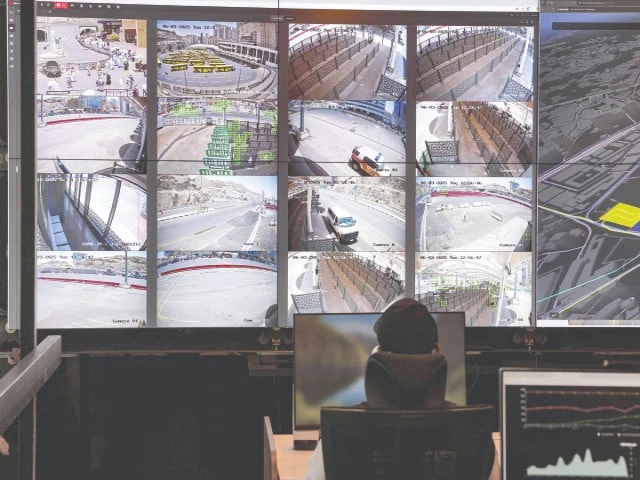AI, drones and thousands of cameras to keep pilgrims safe
.

Working day and night in front of maps, screens and seemingly endless data, Saudi officials have harnessed artificial intelligence to help manage the million-strong sea of pilgrims during the Hajj.
The technology has proven pivotal to track the overwhelming amount of footage from more than 15,000 cameras in and around the holy city of Makkah.
The systems are tuned to spot abnormal crowd movements or predict bottlenecks in foot traffic -- a potential life-saver at a packed event with a history of deadly stampedes.
Software is also used to help guide more than 20,000 buses deployed to transport pilgrims between holy sites during one of the world's biggest annual religious gatherings.
It is all part of the tech arsenal that Saudi Arabia is deploying as 1.4 million faithful from across the globe descend on Makkah and its surrounds.
"In our traffic control room, we use specialised cameras that have AI layers to analyse movements, crowded areas" and predict behaviours, said Mohamed Nazier, chief executive officer for the General Transport Centre at the Royal Commission for Makkah.
The centre has a main control room in Makkah filled with screens and maps, where staff use high-tech tools including AI for round-the-clock monitoring.
About a dozen staff members sit in rows before desktop computers with a large display at the front, zooming in on crowd movements around the holy sites.
On hillsides nearby, cameras that resemble little white robots film buildings, roads and pathways along the Hajj route, which winds more than 20 kilometres (12 miles) between Makkh and Mount Arafat.
Nazier said the constant monitoring is aimed at averting traffic collisions with pedestrians on crowded routes while also making sure there are buses available to minimise walking time in the desert heat.
It is a decade since the Hajj suffered its worst disaster, a stampede that killed up to 2,300 people during the "stoning of the devil" ritual.




















COMMENTS
Comments are moderated and generally will be posted if they are on-topic and not abusive.
For more information, please see our Comments FAQ